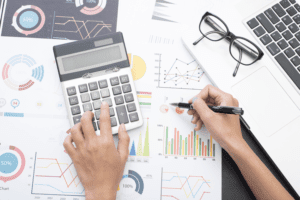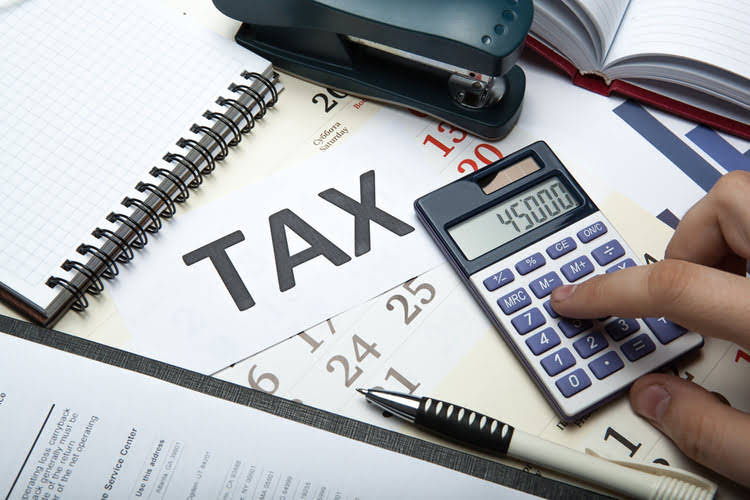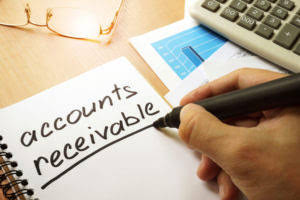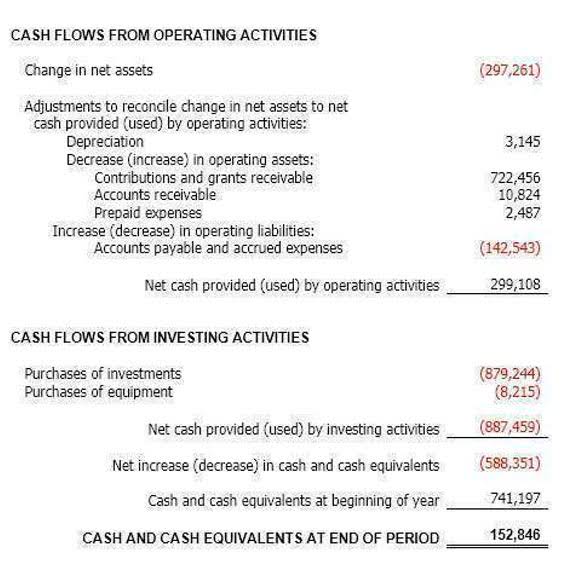
Investment analysts and accountants use PP&E to determine if a company is financially sound. Purchases often signal that management expects long-term profitability of its company. Industries or businesses that require extensive fixed assets like PP&E are described as capital intensive. The name plant assets comes from the industrial revolution era where factories and plants were one of the most common businesses. This category of assets is not limited to factory equipment, machinery, and buildings though. Anything that can be used productively to general sales for the company can fall plant asset definition into this category.

Can you give me some examples of plant assets?

The IAS 16 of the IFRS governs the rules regarding recognizing and recording the plant assets in the company’s financial statements. Instead, a part of the cost is periodically charged to the expense account to depreciation the plant assets. They include machinery, equipment, and buildings needed to make products or provide services. These fixed assets help companies create income by being part of the production process or by getting rented out.
Why Should Investors Pay Attention to PP&E?

It is also called a fixed-installment method, as equal amounts of depreciation are charged every year over the useful life of an asset. Proper asset management ensures Food Truck Accounting that moveable equipment is used efficiently and maintained well over time. Unlike buildings or equipment, land does not wear out or get used up. This means that we don’t reduce its value over time through depreciation. However, we treat improvements to the land differently because they can wear out over time—like a new parking lot that needs repaving after years of use.
Automate and error-proof your asset inspection process.
- Land assets are not depreciated because of their potential to appreciate and are always represented at their current market value.
- Depending on the industry, plant assets may make up either a very substantial percentage of total assets, or they may make up only a small part.
- These software solutions can help plant managers streamline their asset management processes, reduce unplanned downtime, and make data-driven decisions to improve overall plant performance.
- Once these items are used in production or other operations, they’re treated as plant assets on the books.
Industries like heavy shipping or oil extraction stand to employ a greater percentage of plant assets than industries like software, in which teams may be remote and sometimes globally distributed. Current assets are short-term assets like inventory and are likely to be converted into cash within one year. Let us try to understand the difference between plant assets characteristics and current assets. Let us look at some examples to understand the plant asset management.
- Items such as laptops, tools, or machinery fall under this category.
- Analysts monitor a company’s investments in PP&E and any sale of its fixed assets to help assess financial difficulties.
- This method explains that the utility and level of economic benefit decrease as the age of asset increases.
- Plant assets are frequently among the most useful and financially supportive assets.
- This blog post will shine a light through the complexities of understanding these crucial resources.
- Founded in 1993, The Motley Fool is a financial services company dedicated to making the world smarter, happier, and richer.
How Do the Values of Tangible and Intangible Assets Differ?
- Later on, the company will charge the depreciation according to the method of depreciation it usually follows.
- Features and workflows help them optimize management tasks and reduce downtime.
- For the past 52 years, Harold Averkamp (CPA, MBA) has worked as an accounting supervisor, manager, consultant, university instructor, and innovator in teaching accounting online.
- Maybe you have a notebook where you keep track of when each needs an oil change, new wiper blades or a new set of tires.
- In the world of industrial operations, plant asset management is a critical yet often overlooked practice.
Besides, a part of the asset’s cost is charged to expenses account as a non-cash expense, depreciation. Delving into plant assets reveals an array of crucial resources, varying from the solidity of land to unearned revenue the sophistication of digital software. They form the backbone of a company’s operational arsenal, each with a distinct role and value on the balance sheet that can significantly impact long-term business success. The PP&E account is remeasured every reporting period, and, after accounting for historical cost and depreciation, is defined as book value. To calculate PP&E, add the gross property, plant, and equipment, listed on the balance sheet, to capital expenditures. Companies commonly list their net PP&E on their balance sheet when reporting financial results.
Current assets versus plant assets
After almost a decade of experience in public accounting, he created MyAccountingCourse.com to help people learn accounting & finance, pass the CPA exam, and start their career. Plant assets must also be reviewed for impairment at regular intervals. This classification is rarely used, having been superseded by such other asset classifications as Buildings and Equipment. The company would now adjust the carrying amount to £90,000, and depreciation would be calculated using the revalued amount.


This specialized approach is essential for operations with significant capital investments, as it can dramatically reduce costs, improve productivity, and extend the lifespan of crucial assets. A key aspect of plant asset management is the implementation of aggressive maintenance plans and interval schedules. This proactive approach helps prevent breakdowns, reduce downtime, and extend the useful life of assets. Plant assets represent the asset class that belongs to the non-current, tangible assets.

